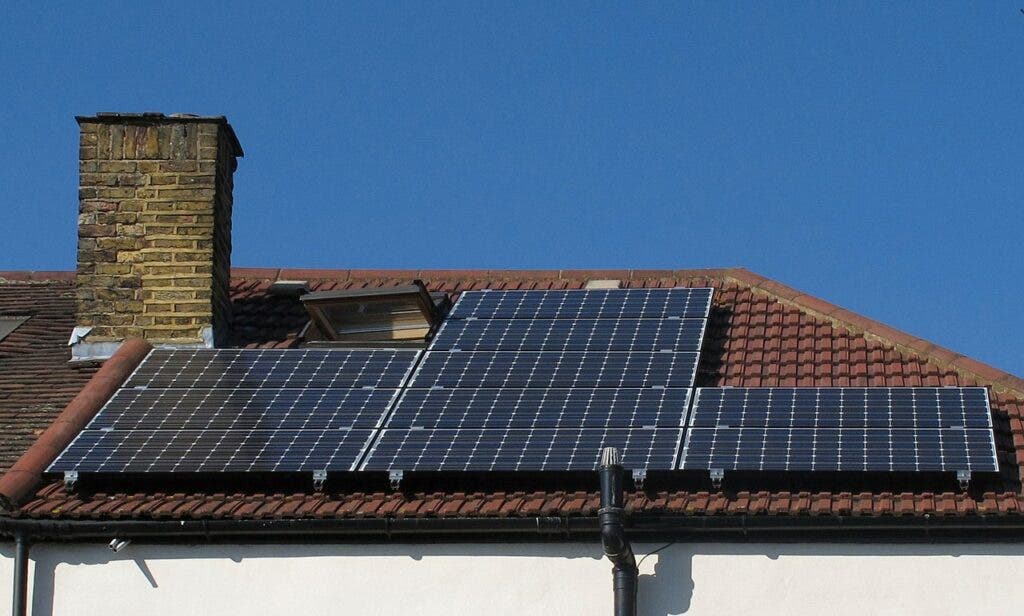Solar panels could soon be mandatory on some newly constructed homes in Tokyo as part of a broader scheme to bring down the city’s greenhouse gas emissions. The metropolitan government is aiming at 2025 for the launch of the Solar Power Initiative, the first of its kind in Japan, which committed to decarbonizing its economy by 2050.

The plan would only apply to builders of pre-designed houses, so those who are creating custom-built homes will still be able to choose to add solar panels or not. Home builders with annual construction and sales of at least 20,000 square meters of floor space in Tokyo will be obligated to install solar panels, but rules may vary.
The percentage of new buildings that must have solar panels will vary from district to district based on the amount of sunlight that reaches the panels. The figure will be 85% in the Meguro and Setagaya districts, low-rise residential areas, and 30% in the Chiyoda and Chuo districts, where high-rise buildings and condominiums are located. All in all, the move is expected to affect a hefty percentage of new buildings constructed in Tokyo.
As solar panels usually last for 20-30 years, the local government will also create a system to promote recycling in preparation for massive disposal in the future. It will also enable a system to lease solar panels and it will offer subsidies to home buyers and companies. These will allow reaching a break-even point at around the 6-year mark.
The government has decided to launch its solar power initiative at the same time as it implements a new energy-saving standards program, such as using materials with high levels of thermal insulation. The new energy-saving rules were approved in April and will be mandatory for new residential and non-residential buildings from 2025 onward.
The European Union has also launched a program earlier this year to force new public, commercial and residential buildings to install solar panels. The goal is to bring online 320GW of solar energy by 2025 and 600GW by 2030. This would make solar the largest electricity source in the EU by 2030 – half of which would come from rooftops.
Tackling polluting emissions
Japan committed in 2020 to reduce its greenhouse gas emissions to net zero by 2050. As an interim goal, Prime Minister Yoshihide Suga said Japan would reduce emissions by 46% by 2030. This was a big increase from the previous targets of reducing emissions by 26% by 2030 and 80% by 2050 under the Paris Agreement.
The country is the sixth largest greenhouse gas emitter in the world after China, the US, the EU, India, and Russia. Emissions in Japan come from five main sectors: The power industry, transportation, buildings, and agriculture. The country’s power sector is more dependent than other economies on fossil fuels due to low renewable energy capacity.
The government estimates Japan’s public and private sectors will have to invest $1.2 trillion in decarbonization over the next 10 years to help achieve the country’s carbon neutrality goal in 2050. The figure was unveiled as part of an interim report on the country’s clean energy strategy that the government hopes to finalize later this year.


